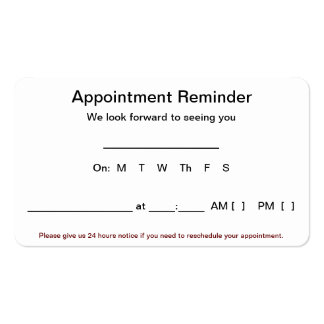Six Ways to Build an Audience with Each Online Broadcast
The number of people exposed to your online broadcast can skyrocket exponentially within a single session. The key is to know exactly what you need to do to make that happen. If you believe you can achieve that goal without an effective strategy working behind the scenes, you are sadly mistaken. Here are several effective methods to consider when developing your action plan:Send Detailed Log-in Info
When sending invitations and announcements to promote your broadcast session, do not forget to send a detailed explanation of how to log into the session when the time comes. Think about how many audience members you are losing simply because they were not able to log into the session for one reason or another. Perhaps a technical issue arose that they could not resolve in time.
On the other hand, they may not have any idea how to access your online broadcasting session. One in five people in the United States make video calls, according to Mashable. However, that means there is still quite a few people that will need to be walked through the process step-by-step.
Scheduling your online video broadcasting session with companies like BlueJeans allows you to send this detailed information automatically with each invitation.
Offer a Valuable Incentive
More people will attend your broadcasting sessions if they have already received something of value from you. By offering a valuable incentive in exchange for reserving a seat in your online session, you will attract a considerable amount of attention and generate buzz for your business. The incentive does not need to be an expensive prize or gift. Focus on providing valuable information that is related to your brand and target market, according to Social Media Examiner.
For instance, offering informative eBooks, free consultations and/or a popular how-to article should do the trick. Focus on moderation when it comes to giving away information free, especially if you have a collection of lengthy, informational products on sale. Otherwise, you could be giving up quite a few sales opportunities along the way.
Offer a Referral Incentive
In addition to offering incentives for registering for the session, consider offering another incentive for referrals and recommendations. For instance, offering an impressive discount on your products and/or services for a specific number of referrals could pay off in a big way for your company over time.
You can also establish a customer loyalty program that rewards your attendees for continuously referring people to your broadcasting sessions – opening many different doors of opportunities. Think about it. If you get 10 attendees to refer your session to three people each, that is a total of 40 people (including the original group of 10). This type of growth will play a key role in the exponential growth of your broadcast audience.
Promote Each Session Weeks in Advance
Do not wait until the last minute to start promoting your online broadcast session. Planning and promoting your session weeks in advance will increase the chances of your attendees placing your event on their calendars.
Keep in mind that there is a big difference between a last-minute reminder and a last-minute announcement. Companies like BlueJeans allow you to schedule and send reminders to your prospective attendees leading up to the big day of your online video broadcasting session. You can also use other means of communication to keep in contact with your prospective attendees before and after the session – including social media and e-mail correspondence.
Engage New Viewers Immediately
Get your new viewers engaged in the discussion immediately. It may seem insignificant, but acknowledging their presence within the broadcast can do wonders for your session attendance rate and overall engagement. Keep an eye on your viewer list throughout the duration of the session, because you never know who may join at unexpected moments. Allowing them to introduce themselves can also help you in another big way when it comes to marketing your sessions.
Another suggestion is to offer a survey for each attendee to complete after signing into the session. This type of feedback can provide you with their contact information – including their name, address and e-mail address. They may not feel like talking a lot during the session, but you will still have the pertinent information necessary to contact them long after the session ends.
Analyze Your Marketing Methods
You might be wasting time and money on ineffective marketing methods for your online broadcast. The best way to determine what works and what does not is to pay attention to the results. One of the quickest ways to gather information is to find out how your viewers discovered your session in the first place – especially your newest attendees.
You can even turn this into an icebreaking conversation at the start of the session to engage your viewers right away, according to MakeUseOf.com. Pay attention to any emerging trends and target those marketing methods specifically. For instance, if a substantial number of people heard about your session via social media, perhaps you should take a closer look at investing more in those channels.




























